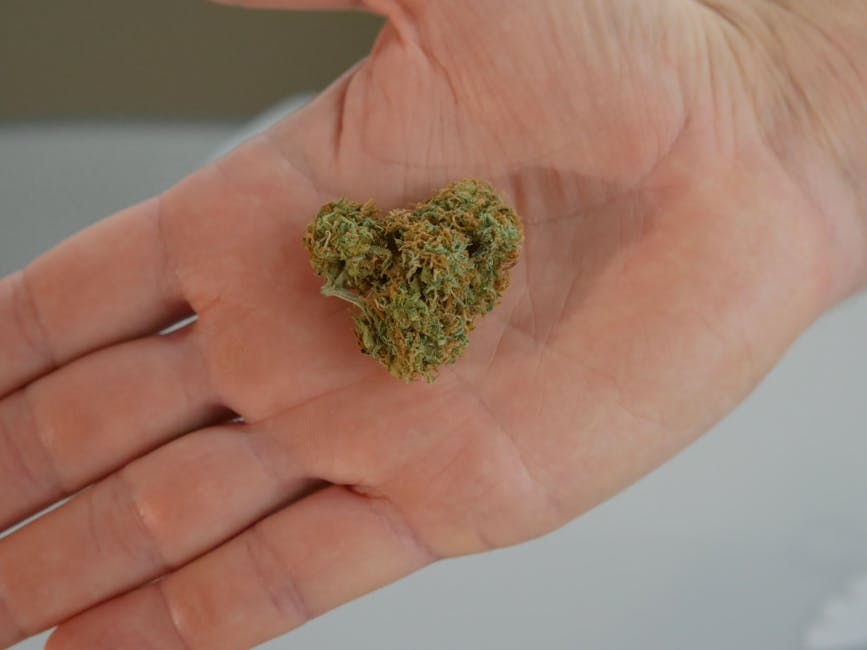How to decarb cannabis flower is a common query for cannabis enthusiasts who want to open up the full potential of their herbs. The process of decarboxylation is critical because it transforms non-psychoactive THCa into THC, the compound responsible for cannabis’s psychoactive effects. Here’s a quick guide to help you start:
- Gather Supplies: You’ll need cannabis flowers, an oven, and parchment paper.
- Preheat Oven: Set to 220


